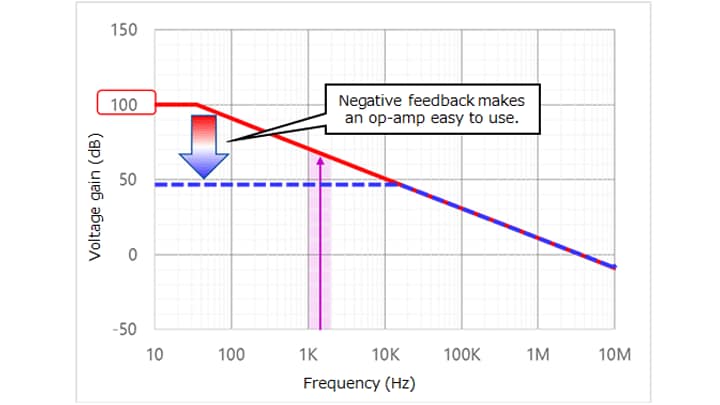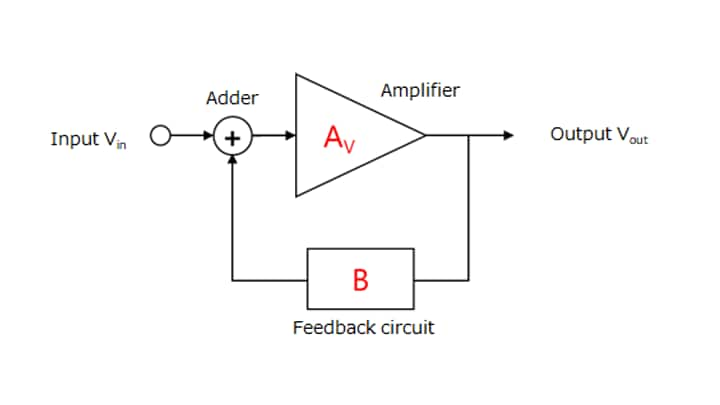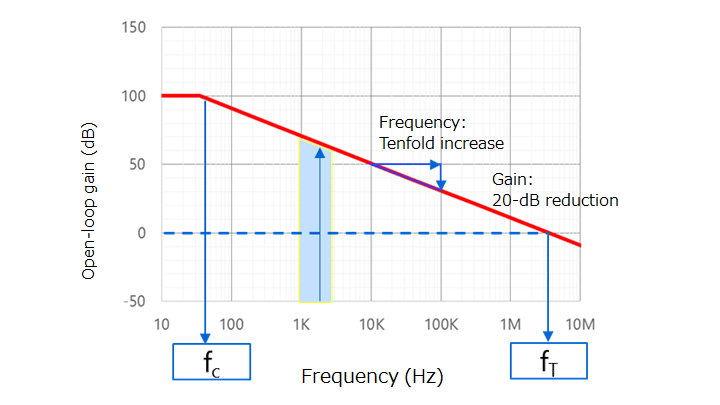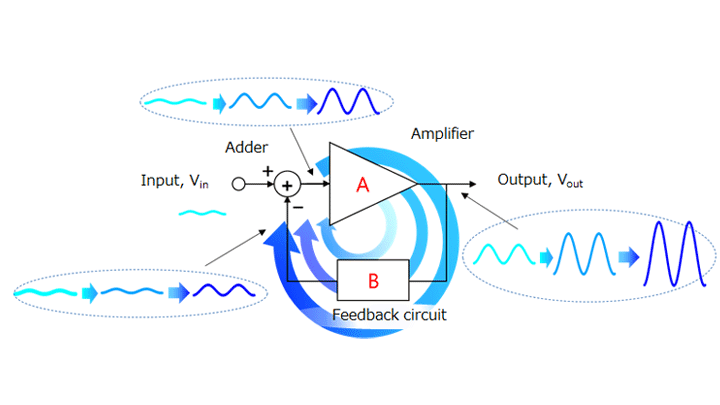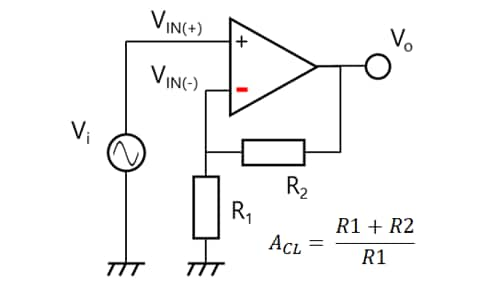-
My ToshibaSemicon
- 반도체 탑
-
애플리케이션Automotive
Body Electronics
xEV
In-Vehicle Infotainment
Advanced Driver-Assistance Systems (ADAS)
Chassis
IndustrialInfrastructure
BEMS/HEMS
Factory Automation
Commercial Equipment
Consumer/PersonalIoT Equipment
Healthcare
Wearable Device
Mobile
Computer Peripherals
-
제품자동차 디바이스
Discrete Semiconductor
다이오드
트랜지스터
로직 IC
Analog Devices
Digital Devices
Wireless Devices
※
: Products list (parametric search)
파워반도체※
: Products list (parametric search)
Isolators/Solid State RelaysPhotocouplers
Digital Isolators
Solid State Relays
Fiber Optic Transmitting Modules
※
: Products list (parametric search)
MOSFETsIGBTs/IEGTs바이폴라 트랜지스터※
: Products list (parametric search)
다이오드※
: Products list (parametric search)
마이크로컨트롤러모터 드라이버 ICIntelligent Power ICs※
: Products list (parametric search)
전원관리IC리니어 IC※
: Products list (parametric search)
범용로직IC리니어 이미지 센서기타 제품용 IC기타 제품용 IC
※
: Products list (parametric search)
-
개발/설계 지원
-
기술 자료
- 구매처
- 부품 번호 & 키워드 검색
- 상호 참조 검색
- 파라미터 검색
- 재고 확인 및 구매
This webpage doesn't work with Internet Explorer. Please use the latest version of Google Chrome, Microsoft Edge, Mozilla Firefox or Safari.
3글자 이상 입력하세요. Search for multiple part numbers fromhere.
The information presented in this cross reference is based on TOSHIBA's selection criteria and should be treated as a suggestion only. Please carefully review the latest versions of all relevant information on the TOSHIBA products, including without limitation data sheets and validate all operating parameters of the TOSHIBA products to ensure that the suggested TOSHIBA products are truly compatible with your design and application.Please note that this cross reference is based on TOSHIBA's estimate of compatibility with other manufacturers' products, based on other manufacturers' published data, at the time the data was collected.TOSHIBA is not responsible for any incorrect or incomplete information. Information is subject to change at any time without notice.
3글자 이상 입력하세요.
2.5. Virtual short (virtual ground)

The closed-loop gain of an op-amp with negative feedback can be calculated easily using the concept of a virtual short-circuit (also known as a virtual short or virtual ground*).
The concept of a virtual short is that the VIN (+) and VIN (-) terminals of an op-amp with negative feedback have almost the same potential regardless of the input signal when it has a large open-loop gain.
Consider as follows to intuitively understand a virtual short.
An op-amp amplifies a difference in voltage between VIN(+) and VIN(-) by a factor of 100,000 or more (called the open-loop gain). However, a real op-amp has a finite output. Therefore, when a distortion-free output is obtained with an amplifier using an op-amp, the difference in voltage between the VIN(+) and VIN(-) inputs should be negligible.
In the case of the negative-feedback amplifier (inverting amplifier) shown in Figure 2-16, the output is connected to the input in such a manner that an increase in output causes a decrease in input. As a result, the output signal fits between the power supply and ground. (Suppose, for example, that an inverting amplifier has an input voltage of 1 Vpp and a gain of 3 (R2 = 3 × R1). Then, the output voltage becomes 3 Vpp.)
At this time, the op-amp is operating with an open-loop gain of 100,000. Since the output voltage is 3 Vpp, the input voltage is 3 Vpp/100,000 = 30 μVpp. Hence, VIN(-) ≈ VIN(+).
Next, let’s use simple calculations to understand this. Figure 2-16 shows a negative-feedback amplifier (inverting amplifier) using an op-amp.

Suppose that the op-amp is the ideal one. Then, the following are true:
- Infinite open-loop gain (AV)
- Infinite input impedance
- Zero output impedance
Since the input impedance is infinite, all of the current flowing through R1 (i1) flows through R2.
i1 = (Vi – VIN(−)) / R1 = (VIN(−) - Vo) / R2 (1)
The output voltage of the op-amp is given by the equation: Vo = AV × (VIN(+) – VIN(−)) (2)
From Equations 1 and 2, VIN(+) is calculated as follows:
Because the output impedance is zero, we obtain VIN(+) = VIN(−) from Equation 3.
Hence, the voltage at the VIN(−) input is equal to that of the V IN(+) input connected to GND.
In this case, the condition of the VIN(−) input is called a virtual short.
* In a broad sense, a virtual ground is a node of a circuit that is maintained at a steady reference potential without being connected directly to a power supply or ground. In the circuit of Figure 2-16, VIN(-) is called a virtual ground since it is virtually equal to GND.
Next, let’s calculate the closed-loop gain (AV) of the noninverting amplifier shown in Figure 2-17 using a virtual short and the ideal op-amp. Let’s express the output voltage (Vo) as a function of Vi. From the concept of a virtual short, VIN(-) = VIN(+) = Vi.
Therefore, the current flowing through R1 (i1) is calculated as follows:
I1 = VIN(-) / R1 = Vi / R1

No current flows to the op-amp input since it has infinite impedance. Letting the current flowing through R2 be I2, I1 = I2. Hence, the voltage across R2 (VR2) is:
VR2 = R2 × I2 = R2 × Vi / R1
Hence, Vo is calculated as:
Vo = VR1 + VR2
= Vi + R2 × Vi /R1 = Vi × (R1 + R2) / R1
AV = Vo / Vi = (R1 + R2) / R1
You can easily find the closed-loop gain equation.
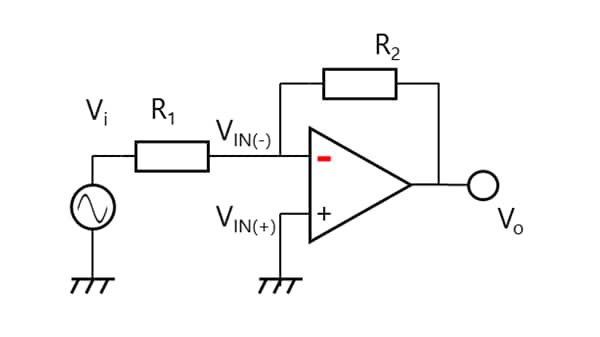
The closed-loop gain (AV) of the inverting amplifier shown in Figure 2-18 can also be calculated in the same manner.
VIN(-) = VIN(+) = 0 V (GND)
I1 = V1 / R1 = I2
Vo = VR2 = R2 × I2 = R2 × V1 / R1
Hence, the closed-loop gain is:
AV = Vo / Vi = R2 / R1
As described above, the closed-loop gain can be calculated easily using the concepts of a virtual short and the ideal op-amp.
Related information
- Prev
- 6/6
Chapter2 Using an op-amp
Related information
- Products
- Application Notes
- FAQs
- Parametric Search
- Stock Check & Purchase


